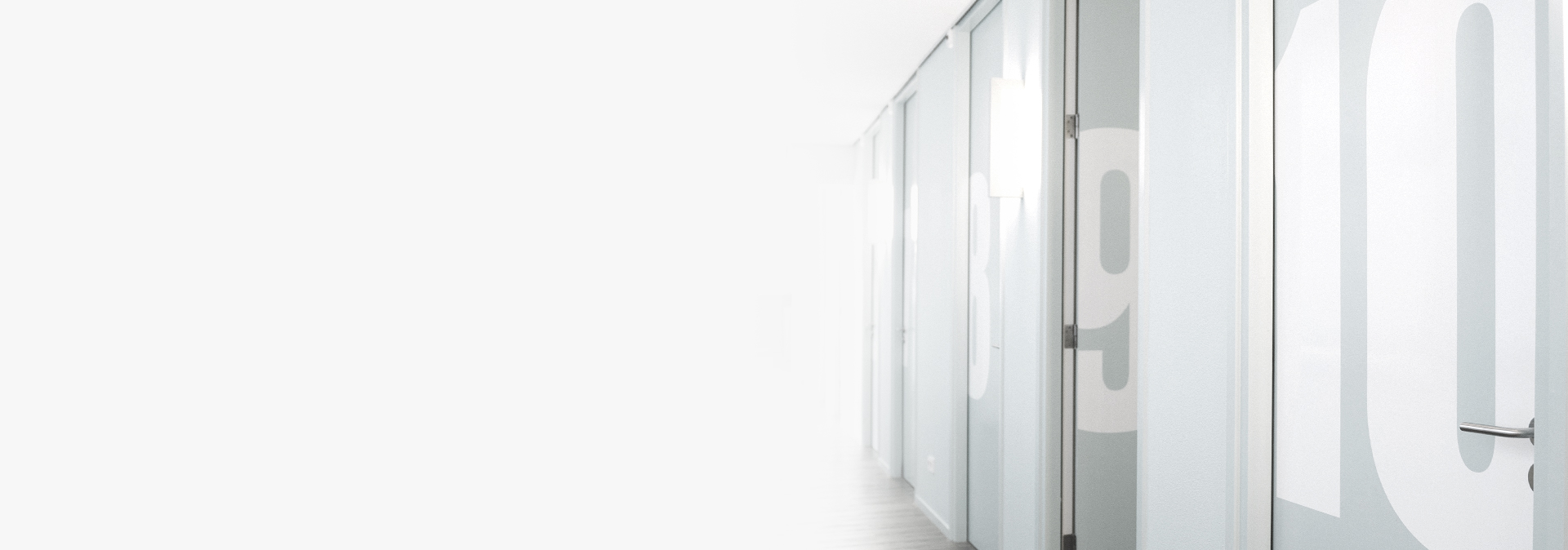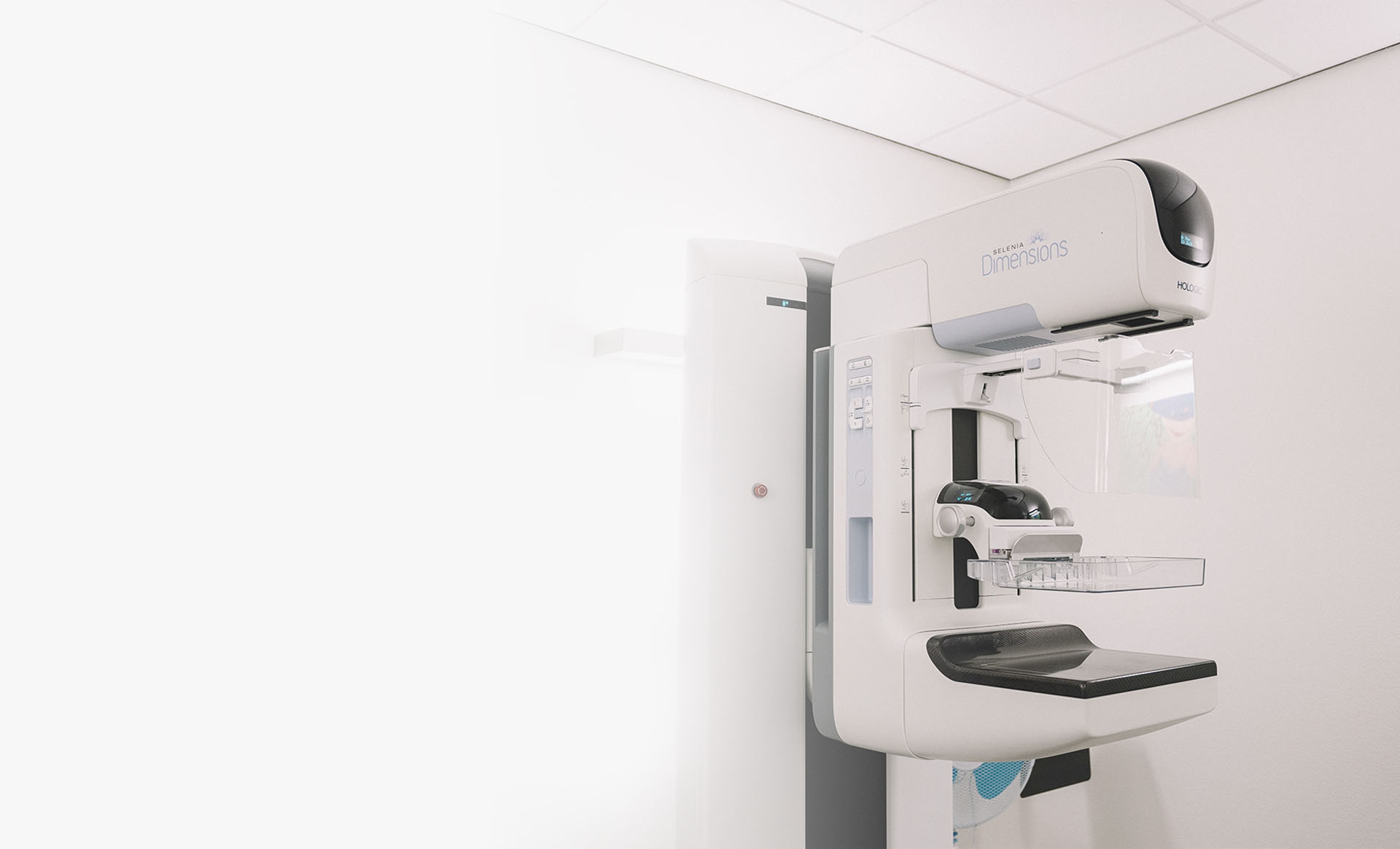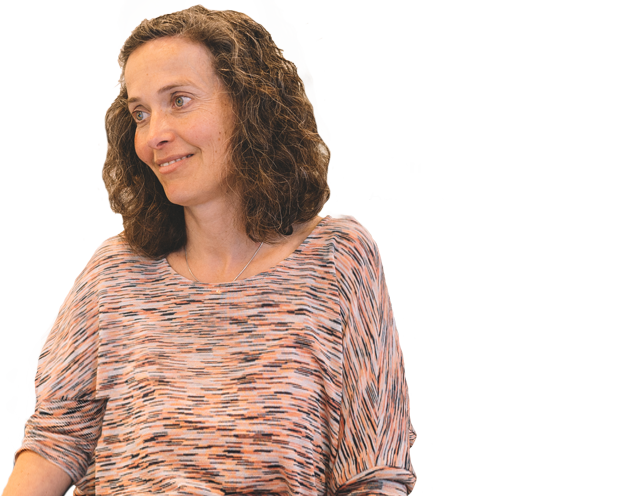When should you have a mammography?
If you can feel knots or other changes in your breast, when your breasts feel sensitive or painful, when there is blood or fluid leaking from your nipple, or when there is a history of breast cancer in your family
The examination
First, the lab assistant will ask you a couple of questions that are important for the examination, which will then begin.
The assistant will place your breast on the flat panel detector. A second panel will be used to compress your breast for a couple of seconds. This amount of pressure is necessary in order to get a clear image of your breast that can easily be interpreted. This might feel a little uncomfortable or painful to the touch. The lab assistant will discuss this with you prior to the examination. Do not hesitate to let them know when the pain is too much for you. After the image is recorded, the plane will automatically lift.
The lab assistant will determine whether the recording was successful and make further recordings if necessary. In total, the examination will take around 15 minutes.
Preparations for mammography
For this technique, you do not need to prepare in any way. However, you should not use any body lotion or deodorant on the day of the examination. These products might hinder your diagnosis.
The results
A radiologist will examine your recordings. Sometimes, a mammography does not deliver satisfying results and additional examinations are necessary. The radiologist might request some more photos and/or carry out an ultrasound examination. You will receive the results of your examination from your doctor (GP or specialist).


What you should know.
- This examination takes around 15 minutes.
Dit onderzoek kan gevoelig of pijnlijk zijn en is relatief kort. - This examination will not cause any harm.
The X-Ray load used for taking recordings of your breasts is not very high. The importance of recognising anomalies in the breast outweighs the potential risks of X-Ray recordings. - You may also have this examination if you have a prothesis.
The risk of damage to the prothesis by compressing the breast is very small and especially results from use with old, long-lasting protheses. For newer protheses, the risk of damage equals zero. However, our experienced lab assistants will still take not of this and place as little pressure as possible on the prothesis through using specific techniques.


